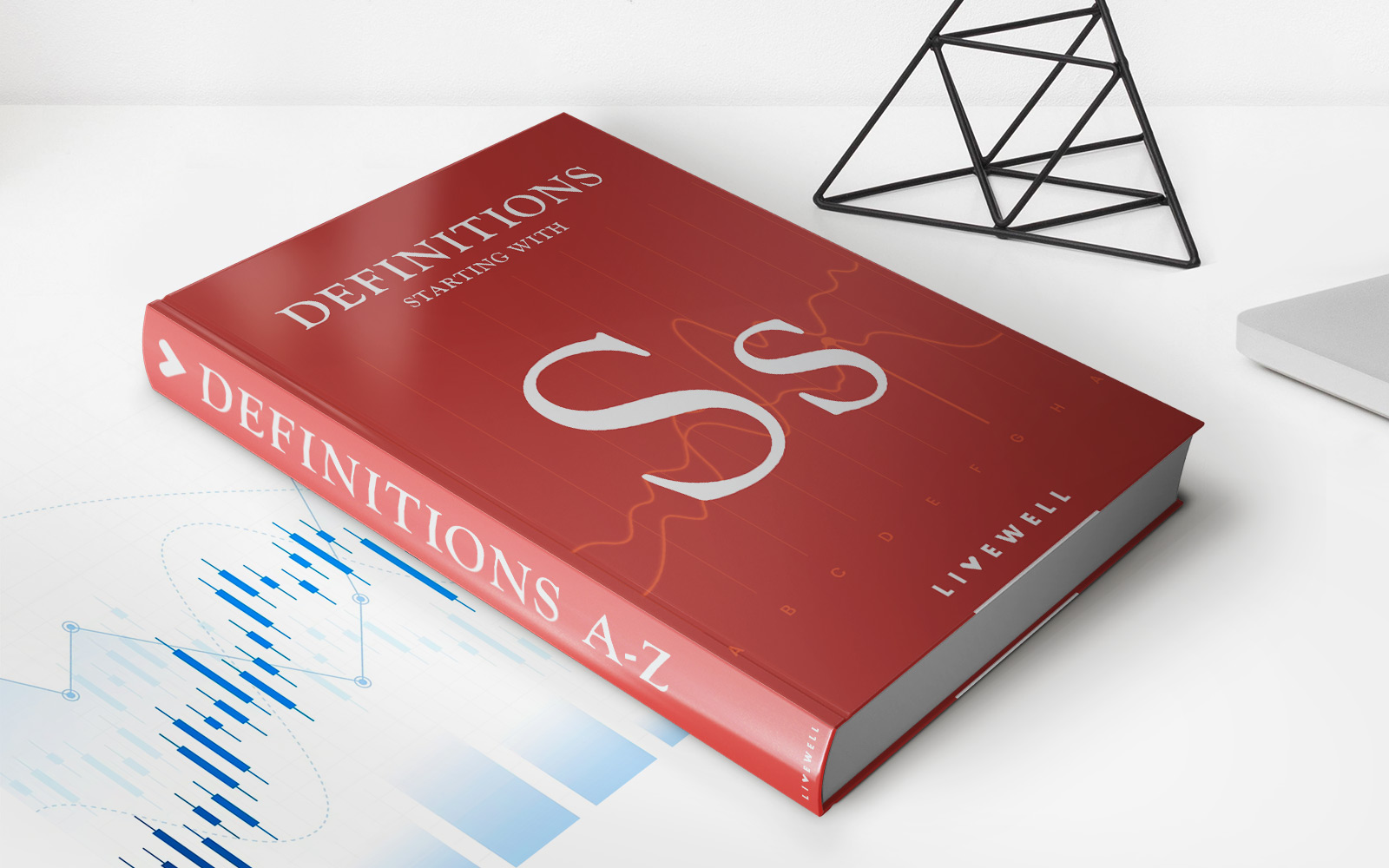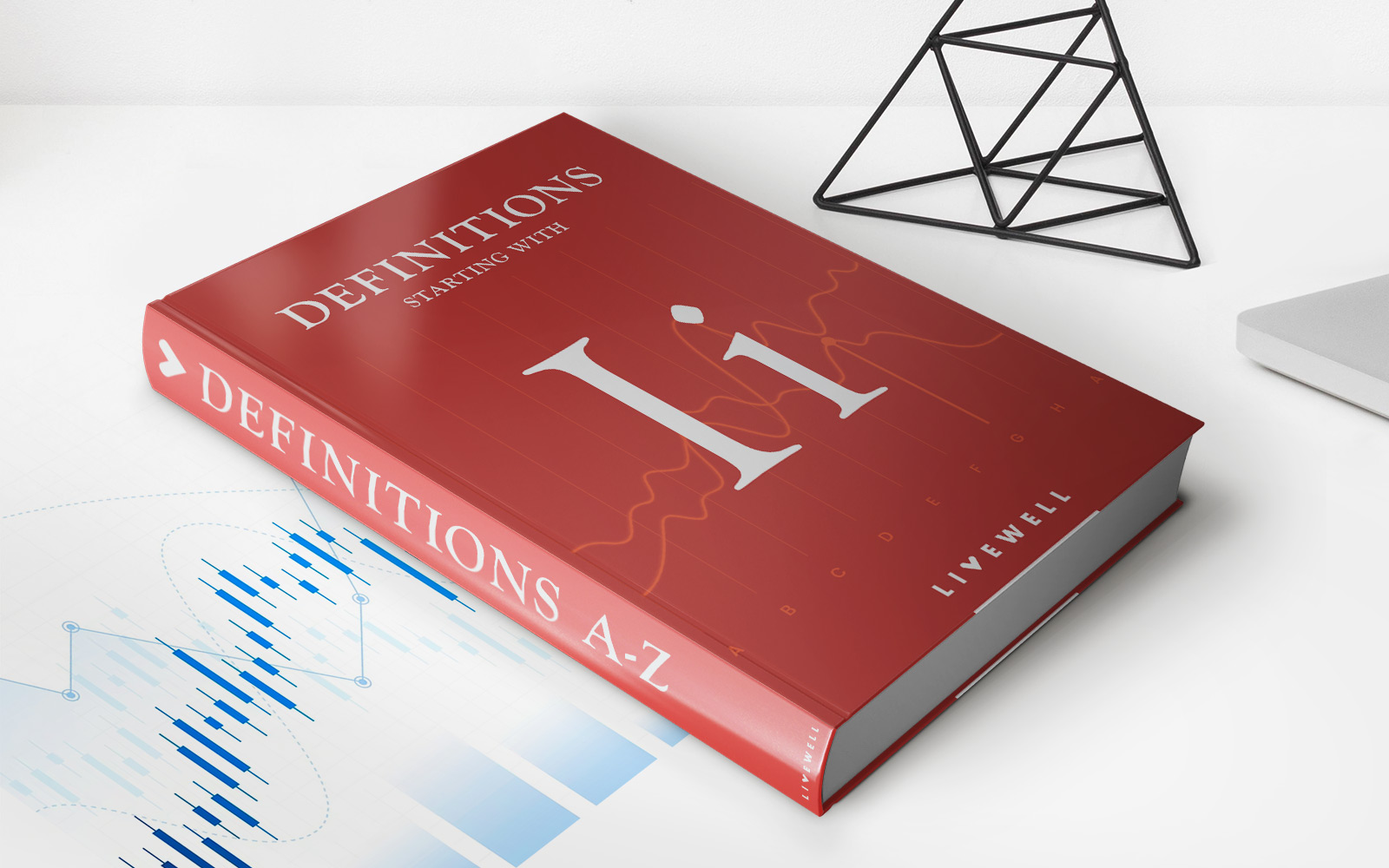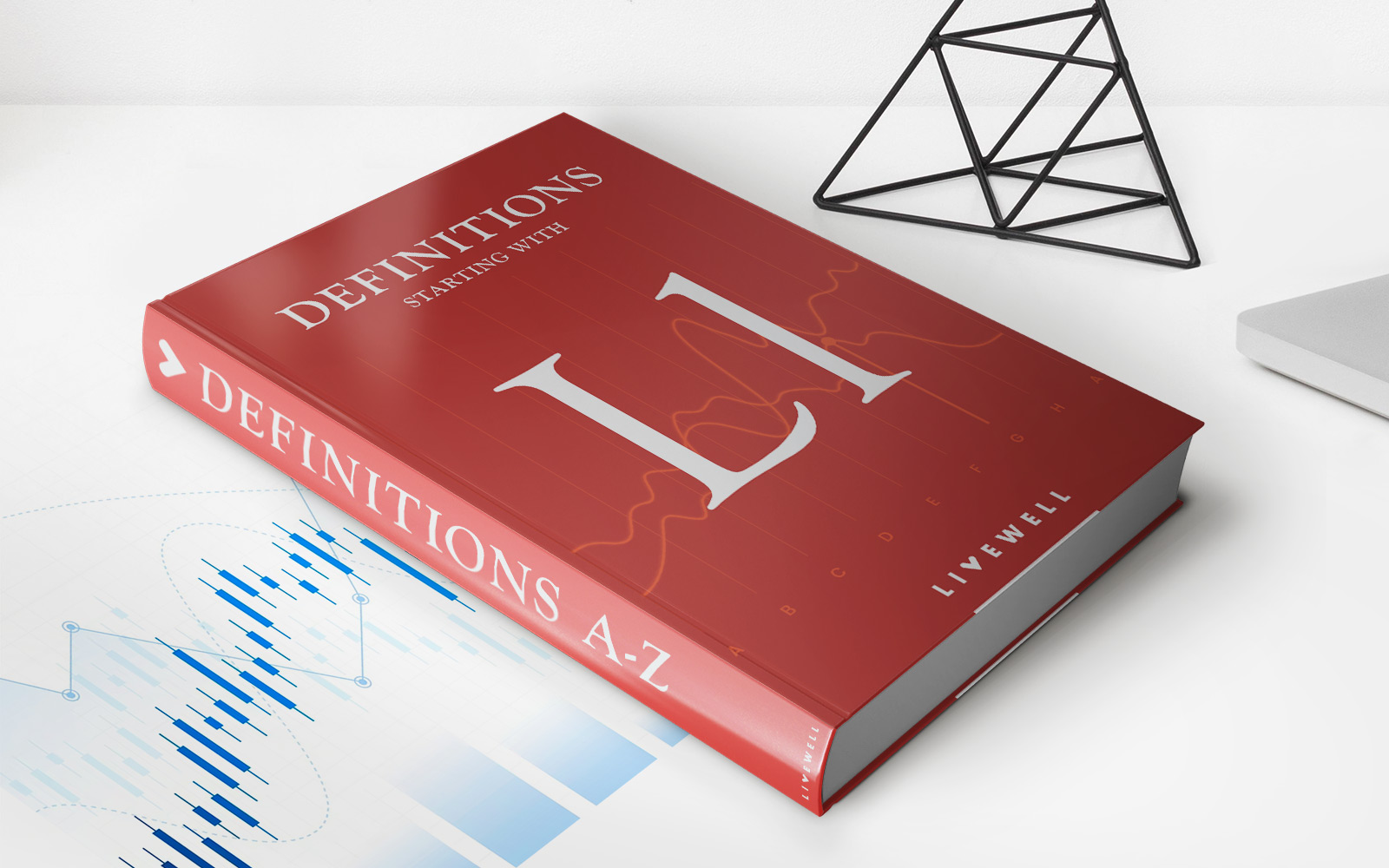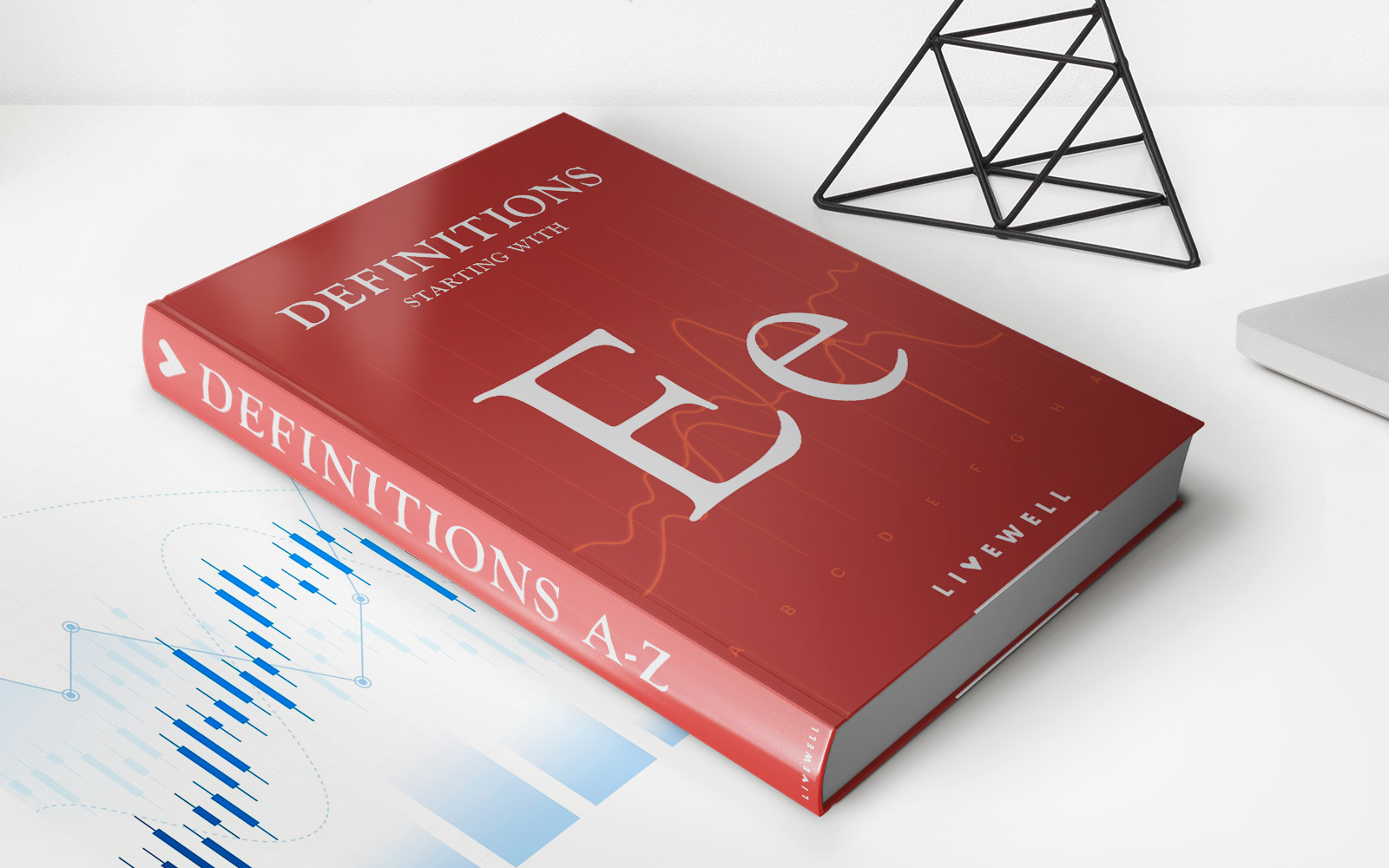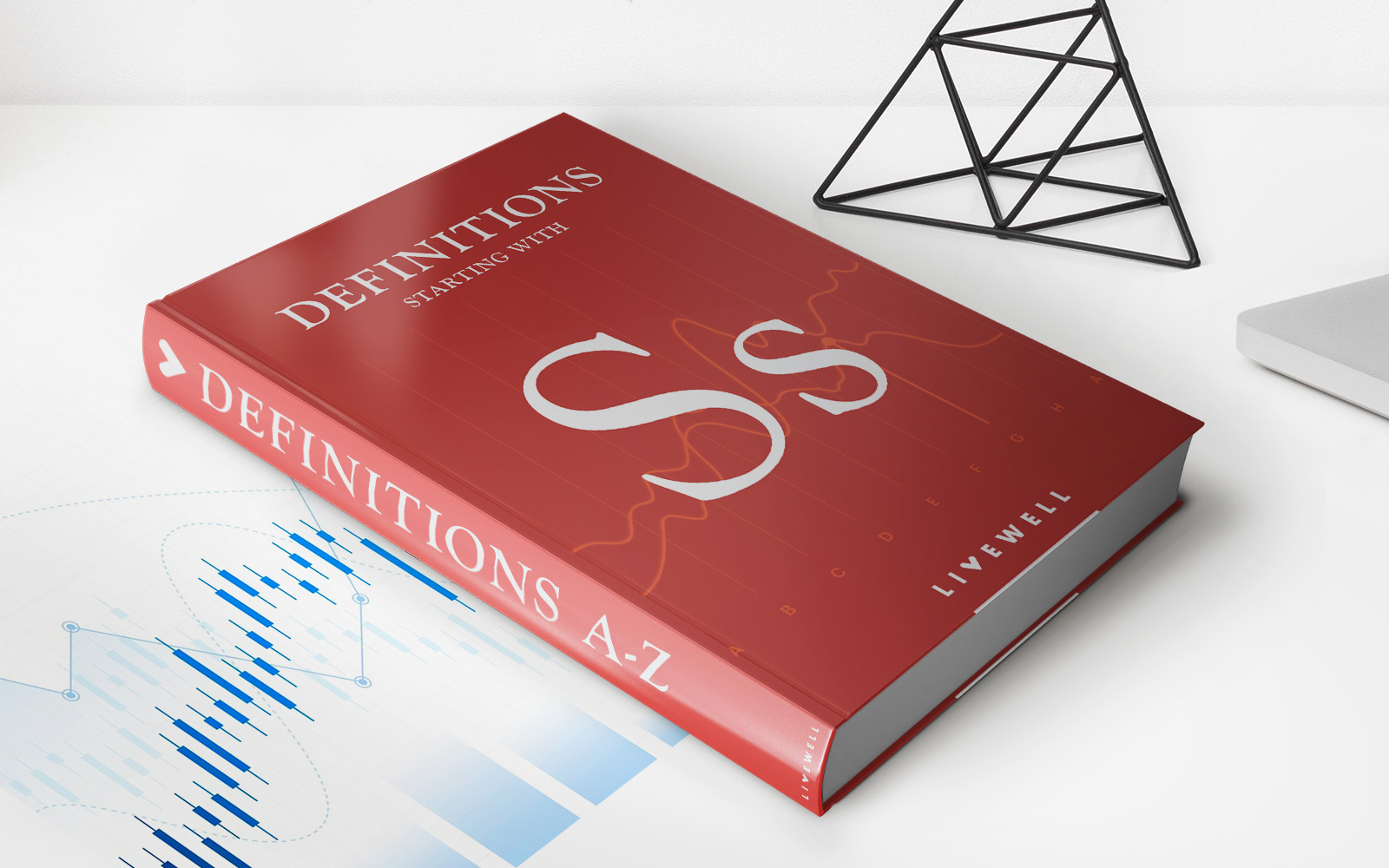

Finance
How To Transfer 403B To 401K
Modified: December 30, 2023
Learn how to transfer your 403B retirement plan to a 401K and optimize your finances. Explore our finance guide for expert advice and step-by-step instructions.
(Many of the links in this article redirect to a specific reviewed product. Your purchase of these products through affiliate links helps to generate commission for LiveWell, at no extra cost. Learn more)
Table of Contents
Introduction
Transferring your retirement savings from a 403B plan to a 401K plan can be a strategic move to consolidate your retirement funds and take advantage of potential benefits offered by the 401K plan. While both plans are designed to help individuals save for retirement, the 401K plan, typically offered by private sector employers, often provides more flexibility and a wider range of investment options compared to the 403B plan, which is usually available to employees of non-profit organizations, schools, and public sector entities.
The decision to transfer from a 403B to a 401K is a personal one and should be based on careful consideration of your financial goals, investment preferences, and eligibility criteria. This article will guide you through the process of transferring your 403B funds to a 401K, highlighting the benefits, risks, and steps involved in the transfer.
Before proceeding with the transfer, it is important to have a clear understanding of both the 403B and 401K plans, as well as the specific reasons why you might want to make the switch. It’s also crucial to consider any tax implications and potential risks associated with the transfer. By evaluating these factors and following the necessary steps, you can make an informed decision that aligns with your retirement goals and financial circumstances.
Understanding 403B and 401K Plans
Before delving into the process of transferring your retirement funds from a 403B to a 401K, it’s essential to have a solid understanding of both types of retirement plans and the key differences between them.
A 403B plan, also known as a tax-sheltered annuity plan, is typically offered to employees of tax-exempt organizations, such as non-profit organizations, schools, and public sector entities. Contributions to a 403B plan are made on a pre-tax basis, meaning that they are deducted from your salary before taxes are calculated. This has the advantage of reducing your current taxable income. The contributions and investment earnings within the plan grow tax-deferred until withdrawal, at which point they are subject to ordinary income tax.
On the other hand, a 401K plan is primarily offered by private sector employers. It operates similarly to a 403B plan in that contributions are made on a pre-tax basis and funds grow tax-deferred. However, 401K plans tend to offer a broader range of investment options, including mutual funds, stocks, bonds, and sometimes even employer shares. Many 401K plans also provide the option for employees to make after-tax contributions, known as Roth 401K contributions, which offer the potential for tax-free growth and tax-free withdrawals in retirement, subject to certain conditions.
The flexibility and expanded investment options available in 401K plans make them an attractive choice for individuals seeking more control over their retirement savings and investment strategy. Additionally, some 401K plans offer employer matching contributions, which can provide an extra boost to your retirement savings.
It’s important to carefully review the specifics of both plans, including contribution limits, investment options, fees, and any employer matching programs, before deciding to transfer from a 403B to a 401K. Consider consulting with a financial advisor or retirement plan specialist to help you evaluate the suitability of a 401K plan based on your individual financial goals and circumstances.
Reasons for Transferring from 403B to 401K
There can be several compelling reasons to consider transferring your retirement savings from a 403B plan to a 401K plan. It’s important to evaluate your specific financial situation and retirement goals to determine if a transfer is the right move for you. Here are some common reasons why individuals choose to make this switch:
1. Increased investment options: 401K plans generally offer a broader range of investment options compared to 403B plans. This can provide you with more flexibility to diversify your portfolio and allocate your retirement savings according to your risk tolerance and investment preferences.
2. Improved portability: If you leave your current job, transferring your 403B funds to a 401K plan can make it easier to manage your retirement savings. With a 401K, you have the option to roll over your funds into an Individual Retirement Account (IRA) or transfer them to a new employer’s 401K plan, providing greater portability compared to a 403B plan.
3. Employer matching contributions: While some 403B plans offer employer matching contributions, 401K plans are more commonly known for this benefit. If your employer provides matching contributions, transferring to a 401K may provide an opportunity to increase your retirement savings through employer-matched funds.
4. Consolidation of retirement funds: If you have funds scattered across multiple retirement accounts, transferring your 403B funds to a 401K can simplify your financial management by consolidating your retirement savings into one account. This can help you keep track of your investments and optimize your portfolio allocation.
5. Access to loan or withdrawal options: While borrowing from retirement accounts should be done with caution, 401K plans often offer the option for participants to take out loans or make hardship withdrawals in certain circumstances. This can provide a safety net in times of financial need that may not be available in a 403B plan.
Before making the decision to transfer, carefully assess your current and future financial needs, compare the benefits and drawbacks of each plan, and consider seeking advice from a financial advisor to ensure a well-informed choice aligned with your long-term retirement goals.
Eligibility Criteria for Transferring
In order to transfer your retirement savings from a 403B plan to a 401K plan, you must meet certain eligibility criteria. These criteria can vary depending on the specific requirements of your current 403B plan and the 401K plan you are considering transferring to. Here are some general factors to consider:
1. Change in employment: Generally, individuals need to experience a change in employment, such as switching jobs or leaving their current employer, to be eligible for a 403B to 401K transfer. It is important to note that if you are still employed with the same organization that sponsors your 403B plan, you may not be eligible to transfer your funds to a 401K plan.
2. Employer sponsorship: Ensure that the employer offering the 401K plan is accepting transfers from outside plans. Not all 401K plans allow transfers of funds from 403B plans, so it’s important to check if this option is available.
3. Plan rules: Familiarize yourself with the rules and regulations of both the 403B and 401K plans. Some plans may have specific eligibility requirements or waiting periods before you can make a transfer. Review the plan documents or consult the human resources department of your current and potential employers for guidance.
4. IRS regulations: Ensure that the transfer complies with Internal Revenue Service (IRS) regulations. The IRS allows eligible individuals to execute a tax-free transfer or rollover of funds from a 403B plan to a 401K plan.
5. Time limits: Some plans may have specific deadlines or time limits for initiating a transfer. Be sure to understand any time constraints associated with the transfer process.
It’s important to note that eligibility criteria and rules for transferring retirement funds can differ from plan to plan. It is highly recommended to thoroughly review the terms of both your 403B and potential 401K plans, and consult with your employer’s plan administrator or a financial advisor to understand the specific eligibility requirements applicable to your situation.
By meeting the eligibility criteria, you can proceed with the next steps in the transfer process, knowing that you are qualified to move your retirement savings from a 403B plan to a 401K plan.
Steps for Transferring 403B to 401K
Transferring your retirement savings from a 403B plan to a 401K plan requires careful planning and adherence to a series of steps. While the specific process can vary depending on your individual circumstances and the requirements of the plans involved, here is a general guide to help you navigate the transfer:
1. Understand your current 403B plan: Familiarize yourself with the rules, terms, and provisions of your existing 403B plan. This includes understanding any penalties or fees associated with the transfer and assessing any additional benefits you may be entitled to, such as employer matching contributions or vesting schedules.
2. Research potential 401K plans: Explore the available 401K plans offered by your new employer or other eligible providers. Compare the investment options, fees, employer contributions, and other features to determine the best fit for your retirement savings goals.
3. Verify eligibility: Ensure that you meet the eligibility criteria outlined by both your current 403B plan and the 401K plan you wish to transfer to. Consult the plan documents or contact the plan administrators to confirm your eligibility and any specific requirements.
4. Initiate the transfer: Once you have chosen a suitable 401K plan and confirmed your eligibility, begin the transfer process. Contact both the administrator of your 403B plan and the administrator of the 401K plan to obtain the necessary transfer forms and instructions. Fill out the required paperwork accurately and completely.
5. Review and rollover options: When transferring your funds, you may have the option to either do a direct rollover or receive the amount as a distribution. A direct rollover is typically the recommended method as it avoids triggering taxes and penalties. However, consult with a tax professional or financial advisor to determine the most appropriate option for your situation.
6. Coordinate with plan administrators: Work closely with the plan administrators of both the 403B and 401K plans to ensure a smooth transfer. They can guide you through any additional requirements, such as providing necessary documentation or obtaining signatures.
7. Monitor the transfer: Stay in touch with the administrators of both plans to track the progress of the transfer. Confirm that your funds have been successfully moved from the 403B plan to the 401K plan and ensure that the transaction is properly recorded.
8. Review your investment strategy: Following the transfer, reassess your investment strategy within the new 401K plan. Take advantage of the expanded investment options to diversify your holdings and align them with your long-term retirement goals.
Remember, the transfer process can take time, so allow for ample lead time to complete all necessary steps. It’s also wise to consult with a financial advisor or tax professional to ensure compliance with tax regulations and to make informed decisions throughout the transfer process.
Considerations and Potential Risks
Before transferring your retirement savings from a 403B plan to a 401K plan, it’s essential to carefully consider certain factors and be aware of potential risks that may arise during the transfer process. These considerations can help you make an informed decision and minimize any potential negative impact on your retirement funds. Here are some key points to keep in mind:
1. Investment options: While 401K plans generally offer a wider range of investment options compared to 403B plans, it’s important to assess the quality and suitability of the available investment choices. Consider your risk tolerance, investment goals, and seek guidance from a financial advisor to ensure that the investment options within the 401K plan align with your long-term financial objectives.
2. Fees and expenses: Compare the fees and expenses associated with both the 403B and 401K plans. Some 401K plans may have higher administrative costs or investment fees, which can impact your overall returns. Evaluate the fee structures and assess the potential impact on your retirement savings.
3. Account access: Understand the rules and limitations pertaining to account access within the new 401K plan. Some plans may have restrictions on withdrawals or loans, which may differ from your current 403B plan. Evaluate your financial needs and ensure the new plan’s rules align with your potential future requirements.
4. Employer contributions: Consider any employer contributions, such as matching funds, that you may be giving up by transferring from your current 403B plan. If your current employer provides generous matching contributions to the 403B plan, evaluate whether the benefits of the 401K plan outweigh the potential loss of employer-matching funds.
5. Tax implications: Understand the potential tax consequences of the transfer. In most cases, transferring funds from a 403B to a 401K is a tax-free rollover. However, ensure you comply with IRS regulations to avoid any penalties or taxes. Consult with a tax professional to understand the tax implications specific to your financial situation.
It’s crucial to conduct thorough research, carefully review the terms and conditions of both plans, and consider seeking advice from a financial advisor to assess the potential risks involved in transferring your retirement savings. By doing so, you can make an informed decision and minimize any adverse impacts on your long-term financial goals.
Remember, everyone’s financial situation is unique, and what may be suitable for one individual may not necessarily be the best choice for another. Review your personal circumstances and weigh the considerations and potential risks before proceeding with the transfer.
Tax Implications of Transferring
Transferring your retirement savings from a 403B plan to a 401K plan can have important tax implications that you need to consider. While the transfer itself is typically a tax-free transaction, it’s important to understand the potential tax consequences both in the short term and the long term. Here are some key points to keep in mind regarding the tax implications of transferring:
1. Tax-free transfer: In general, transferring funds from a 403B plan to a 401K plan is considered a tax-free rollover. This means that as long as you follow the proper procedures and complete a direct rollover, the transfer itself does not trigger any immediate taxes or penalties.
2. Tax-deferred growth: Both 403B and 401K plans offer the advantage of tax-deferred growth. This means that any investment earnings and contributions within the plans grow on a tax-deferred basis until you make withdrawals in retirement. By transferring to a 401K plan, you can continue to benefit from this tax-deferred growth potential.
3. Required Minimum Distributions (RMDs): When you reach the age of 72 (70½ if born before July 1, 1949), you will be required to start taking yearly distributions from your 401K plan, known as Required Minimum Distributions (RMDs). This is a mandatory distribution from your retirement account that is subject to ordinary income tax.
4. Early withdrawal penalties: Be aware that if you withdraw funds from either a 403B or a 401K plan before the age of 59½, you may be subject to an early withdrawal penalty of 10%, in addition to any applicable income taxes. It’s important to carefully consider your financial needs before making any early withdrawals.
5. State tax considerations: Remember to take into account the potential state tax implications of the transfer. Different states have varying rules and regulations regarding taxation of retirement accounts, so consult with a tax professional to understand any state-specific tax consequences.
6. Tax planning: As with any major financial decision, it is advisable to consult with a tax professional or financial advisor who can provide personalized advice based on your specific circumstances. They can help you evaluate the potential tax implications of the transfer and develop strategies to optimize your tax position.
Understanding the tax implications of transferring your retirement savings is crucial to making informed decisions about your financial future. By considering the potential tax consequences, you can assess the short-term and long-term tax advantages and ensure that the transfer aligns with your overall tax planning and retirement goals.
It’s important to note that tax laws and regulations are subject to change, so it’s recommended to consult with a tax professional or financial advisor who can provide up-to-date information and guidance specific to your situation.
Conclusion
Transferring your retirement savings from a 403B plan to a 401K plan is a decision that requires careful consideration of various factors. It’s important to weigh the potential benefits, eligibility criteria, and tax implications associated with the transfer before making a decision. By understanding the differences between the two plans and evaluating your individual financial goals, you can make an informed choice that aligns with your retirement objectives.
Consider whether the increased investment options, improved portability, and potential employer contributions offered by a 401K plan outweigh any advantages or benefits provided by your current 403B plan. Assess the eligibility criteria, ensuring that you meet the requirements for transferring and that the 401K plan you are considering allows for outside transfers.
Be mindful of the potential risks, such as higher fees or limitations on account access, that may come with transferring to a new plan. Evaluate the tax implications, understanding that the transfer itself is generally tax-free, but there may be tax considerations in the future, such as required minimum distributions and early withdrawal penalties.
Throughout the transfer process, consult with plan administrators, financial advisors, and tax professionals to ensure compliance with regulations and to make educated decisions. They can provide guidance on the specific steps involved, help you navigate any potential obstacles, and tailor their advice to your unique financial situation.
In conclusion, transferring your retirement savings from a 403B plan to a 401K plan can be a strategic move to consolidate your retirement funds, access more investment options, and potentially maximize your long-term returns. However, it’s essential to carefully evaluate the benefits, risks, and tax implications associated with the transfer. By doing so, you can optimize your retirement savings and work towards achieving your financial goals in the most effective and efficient manner.










